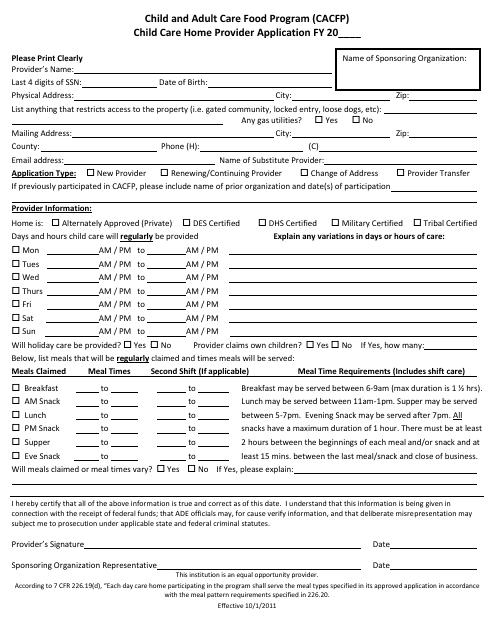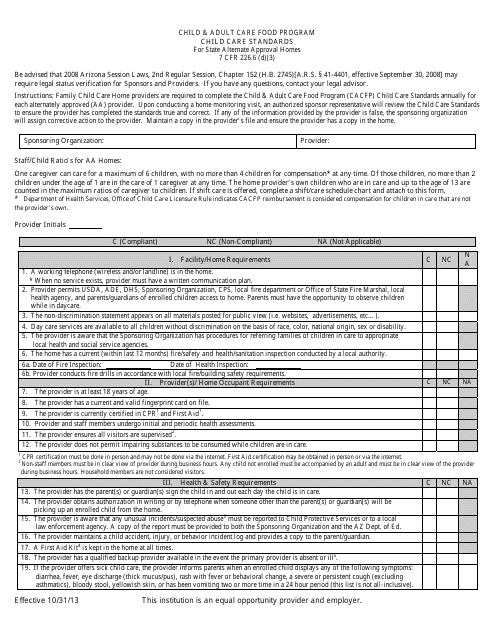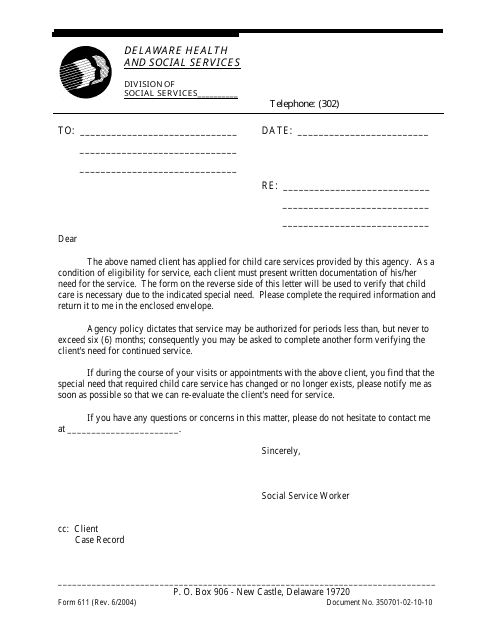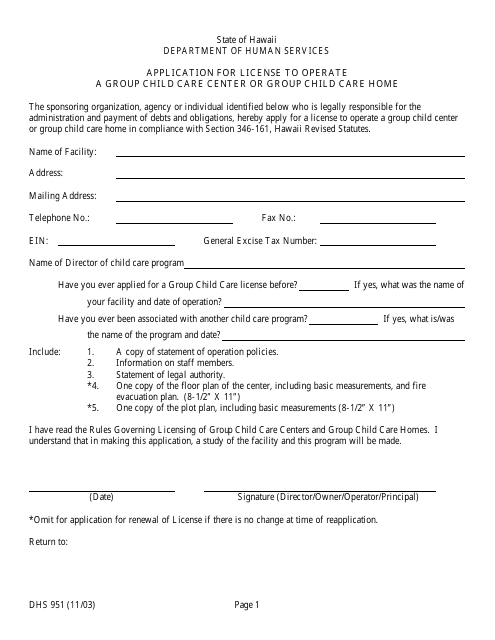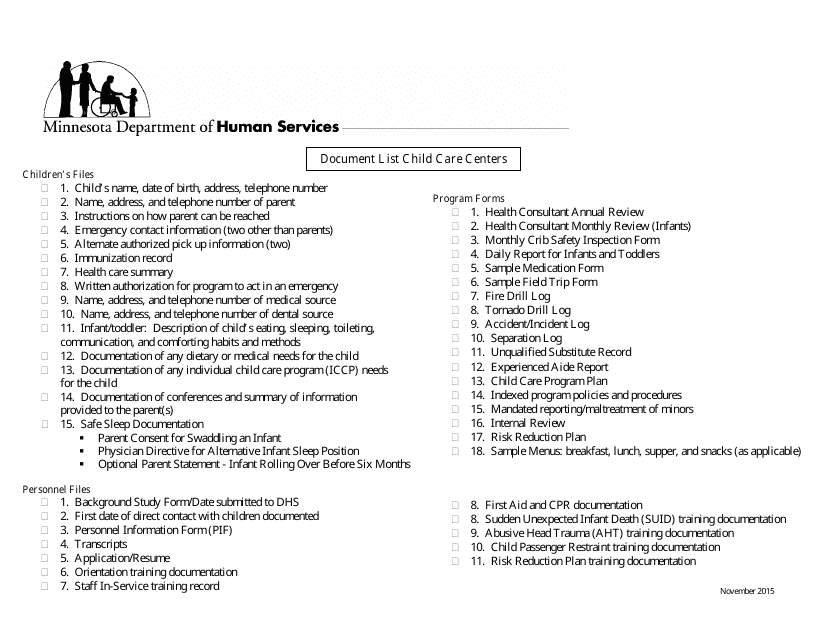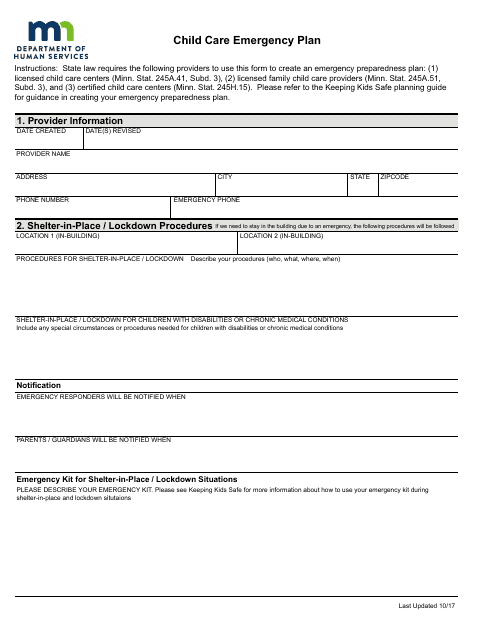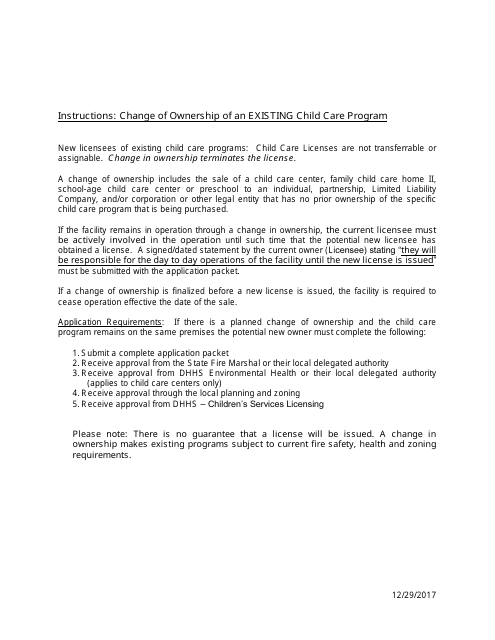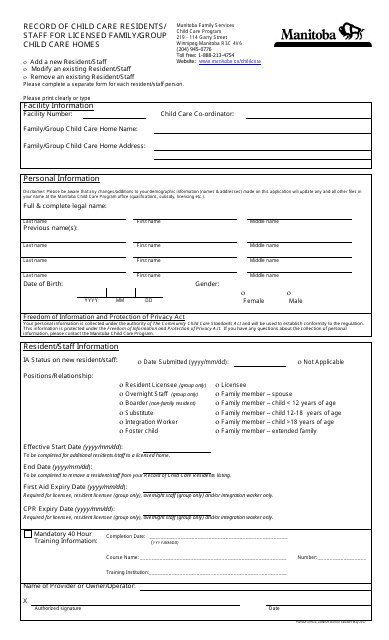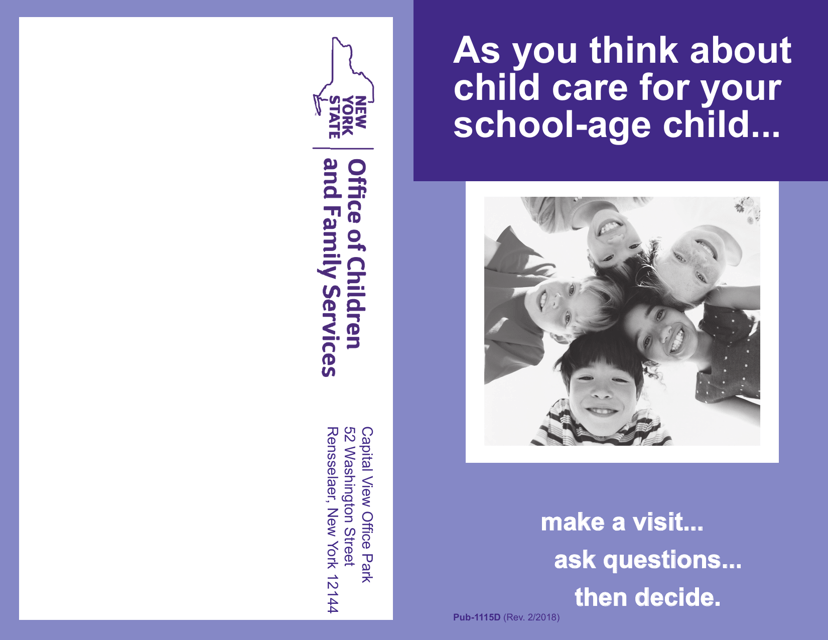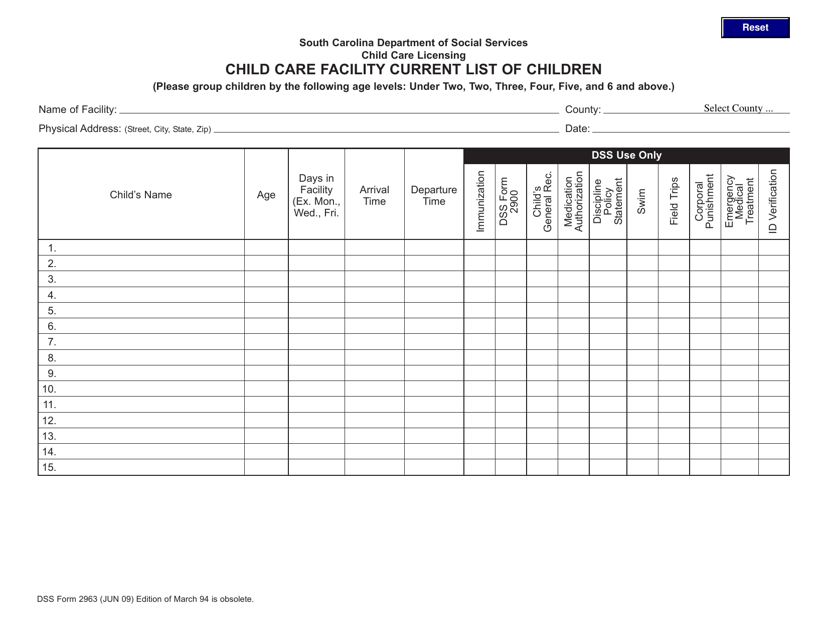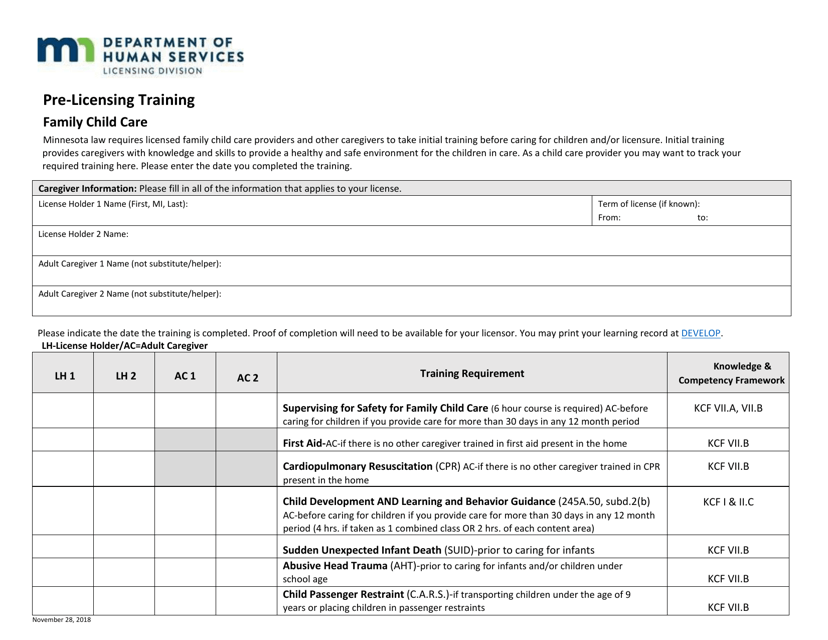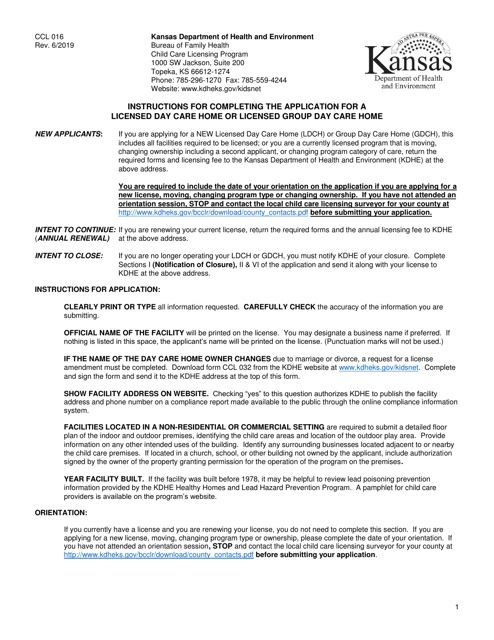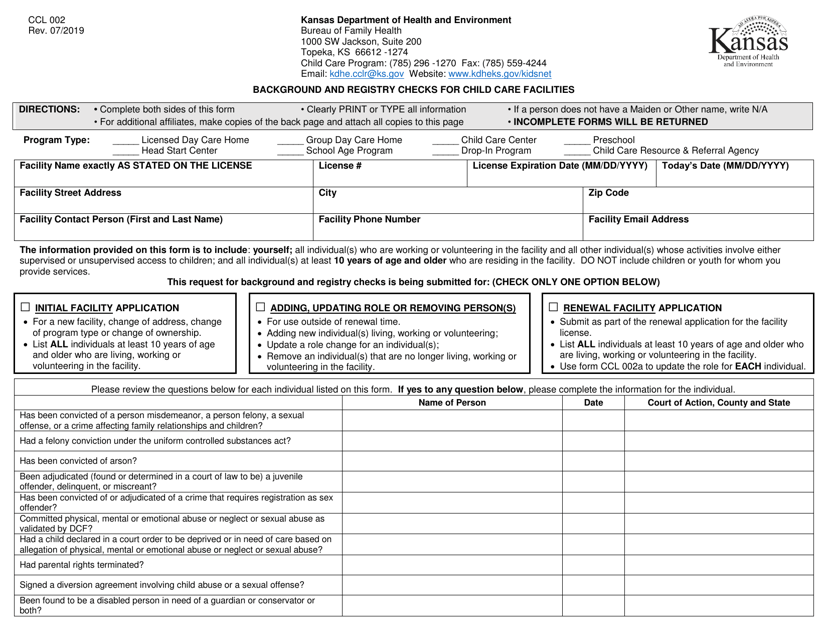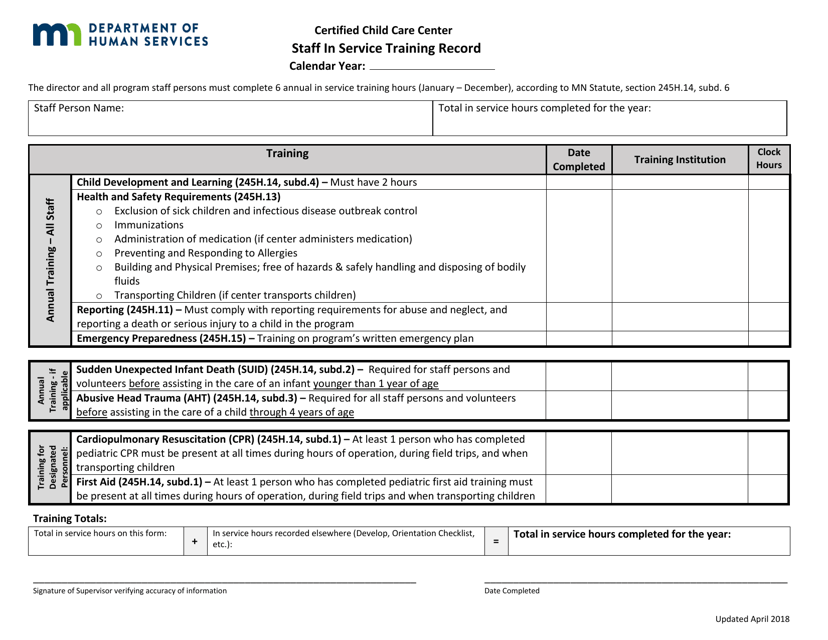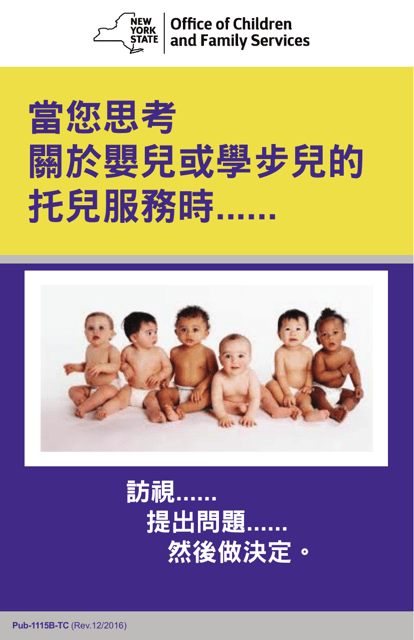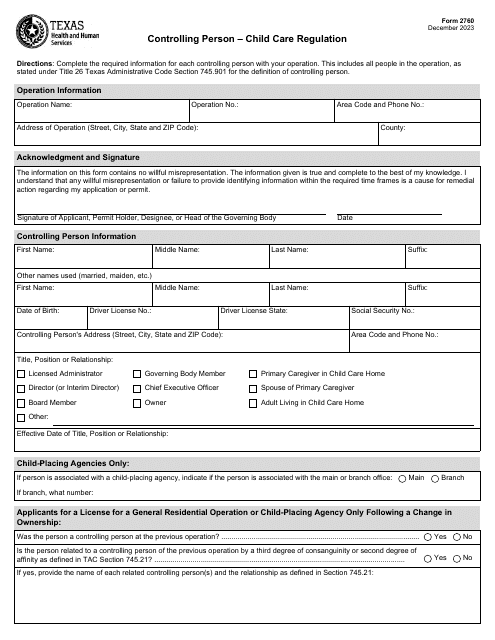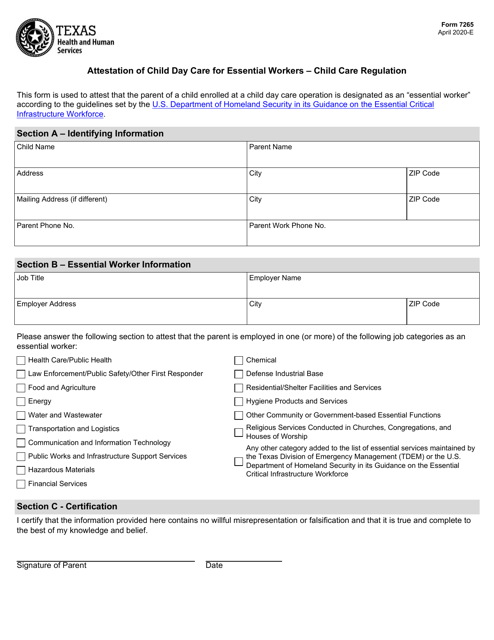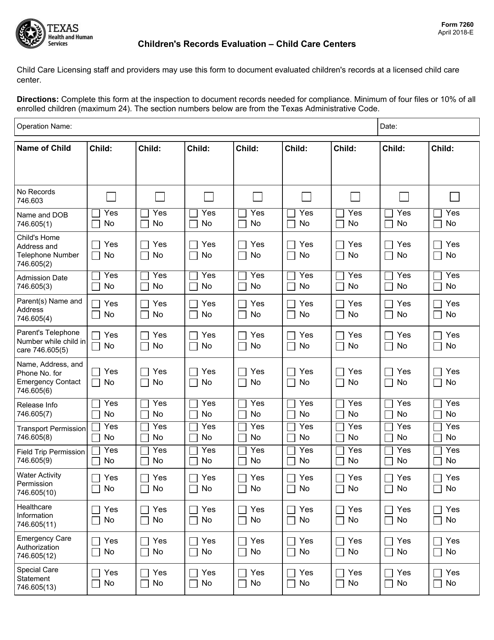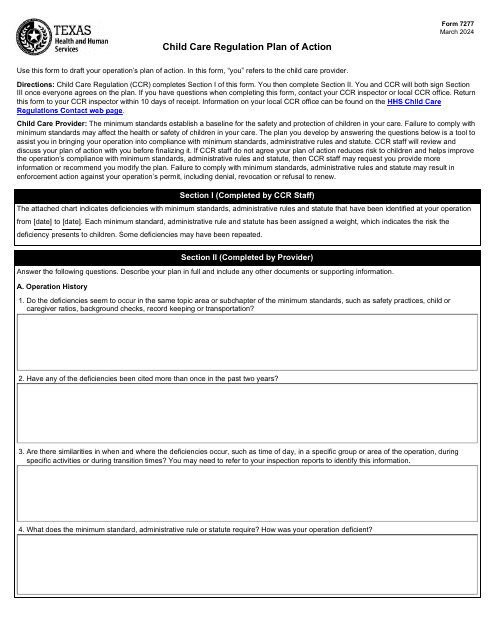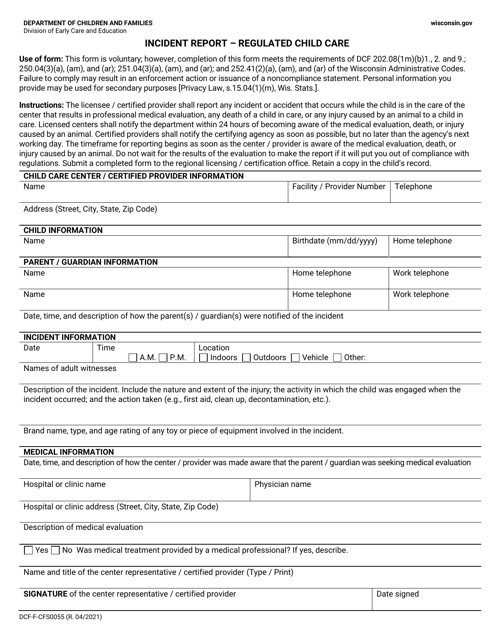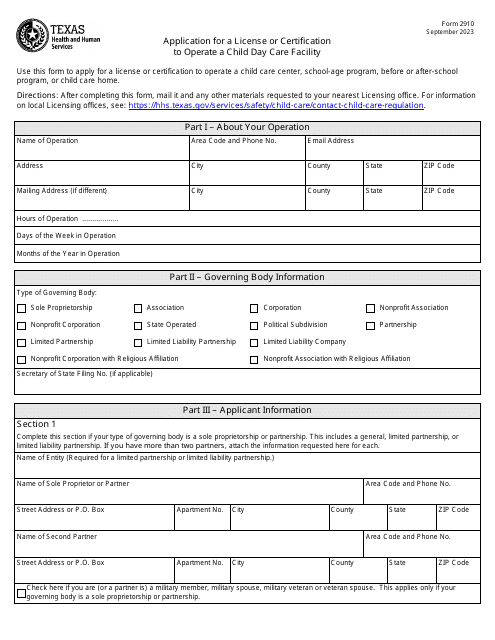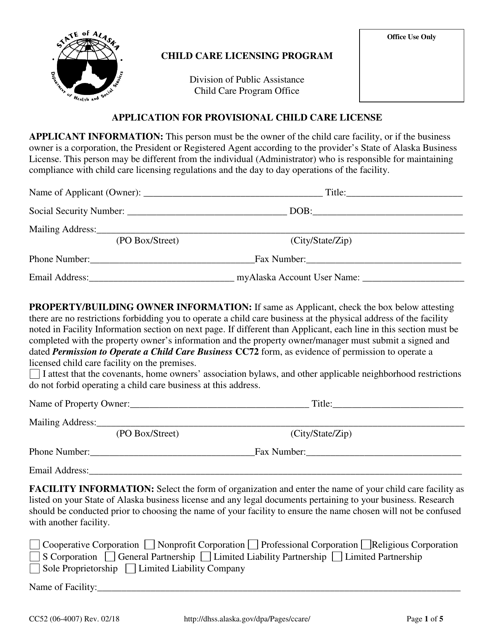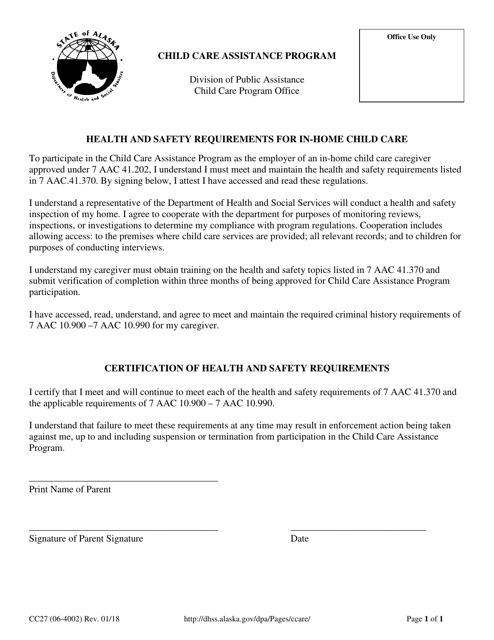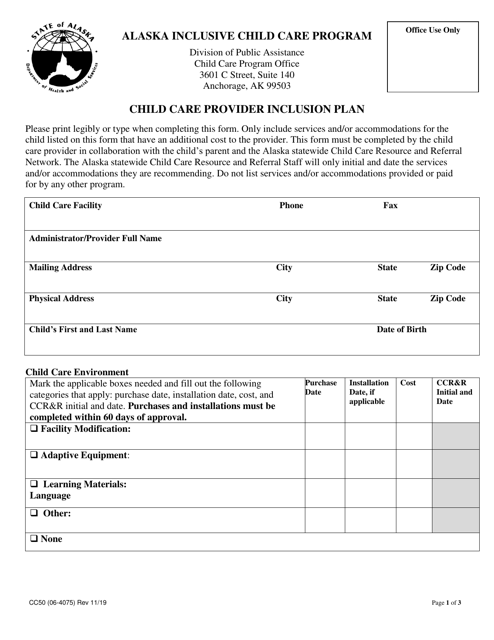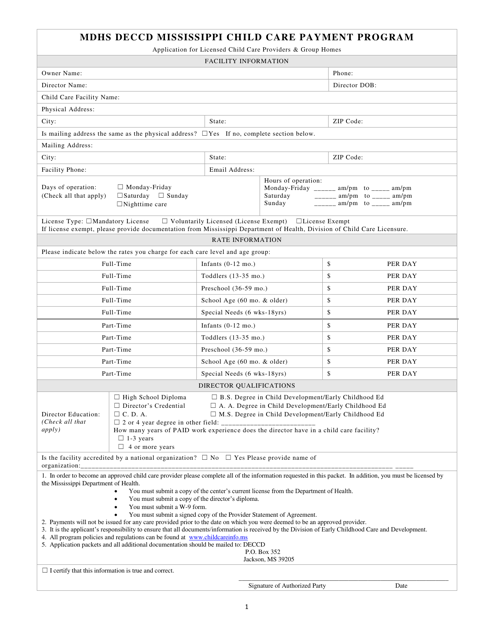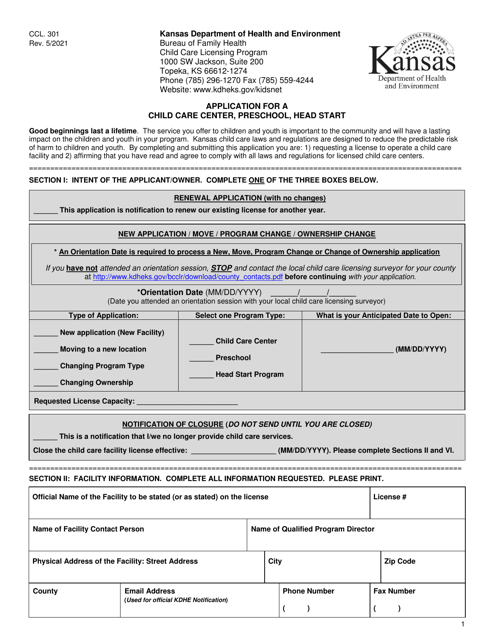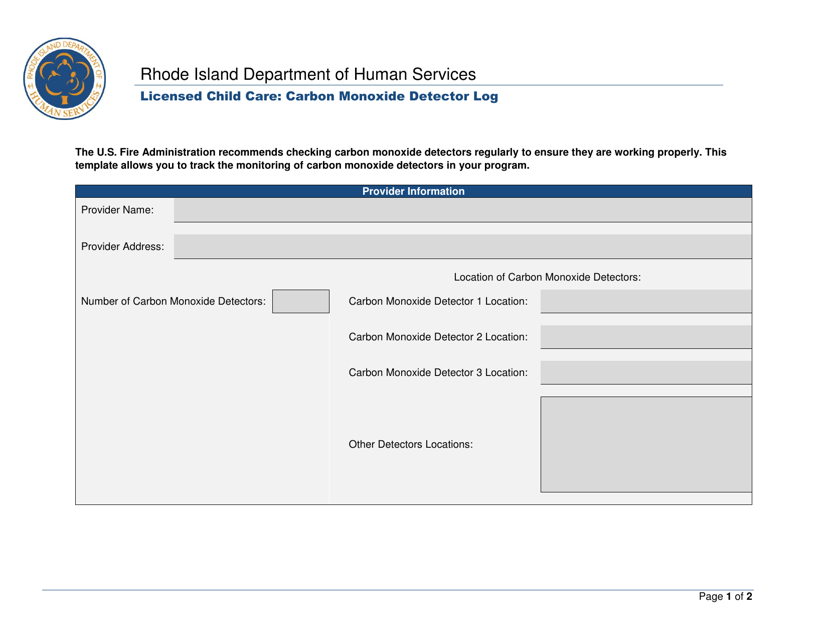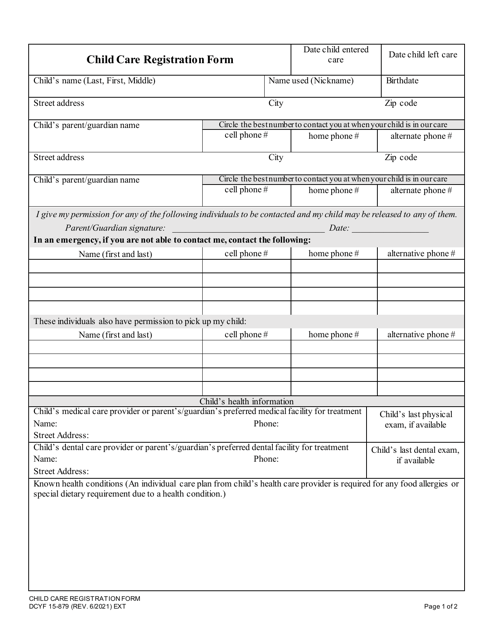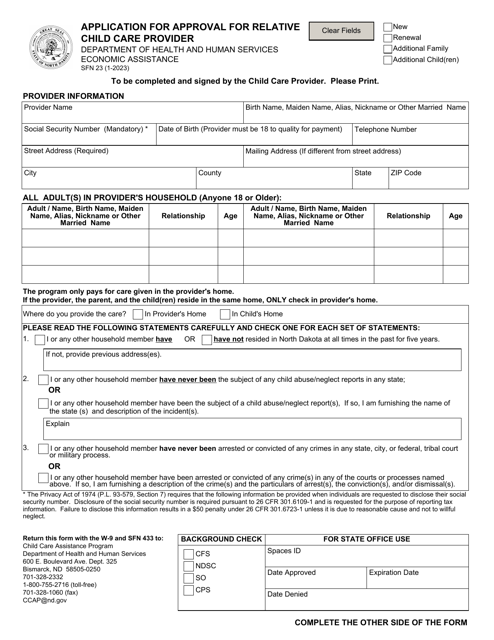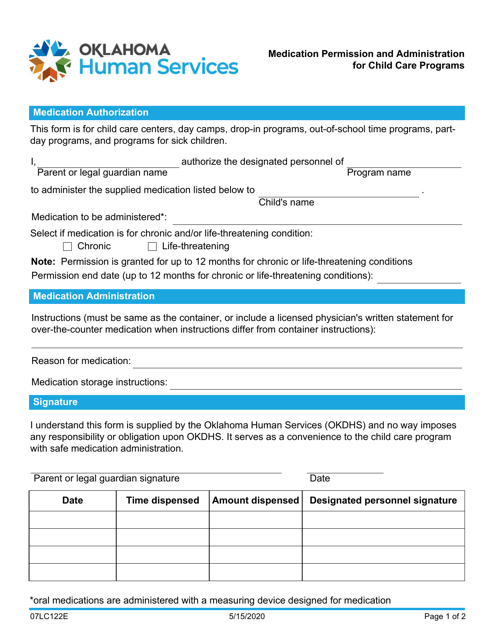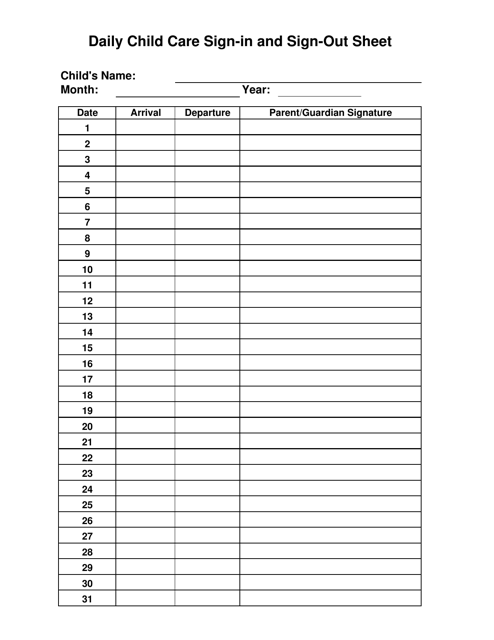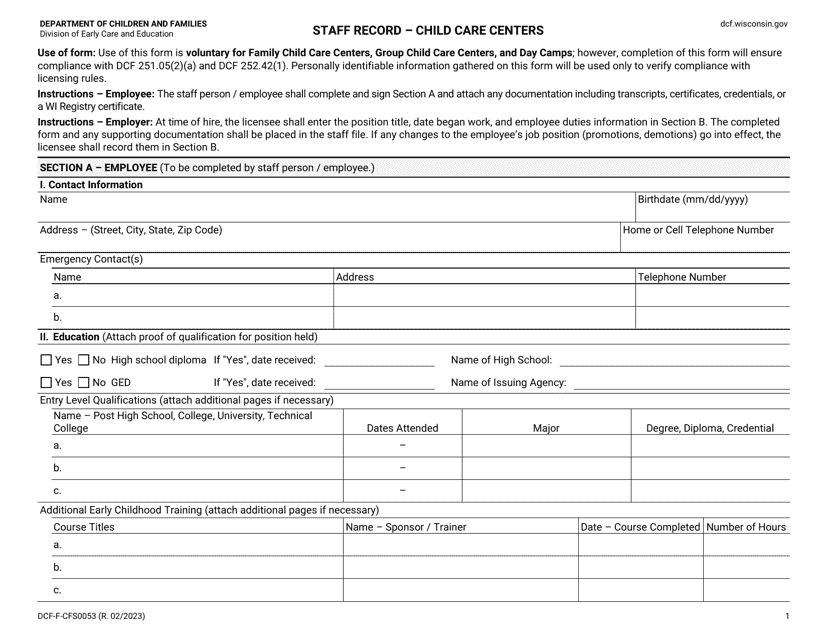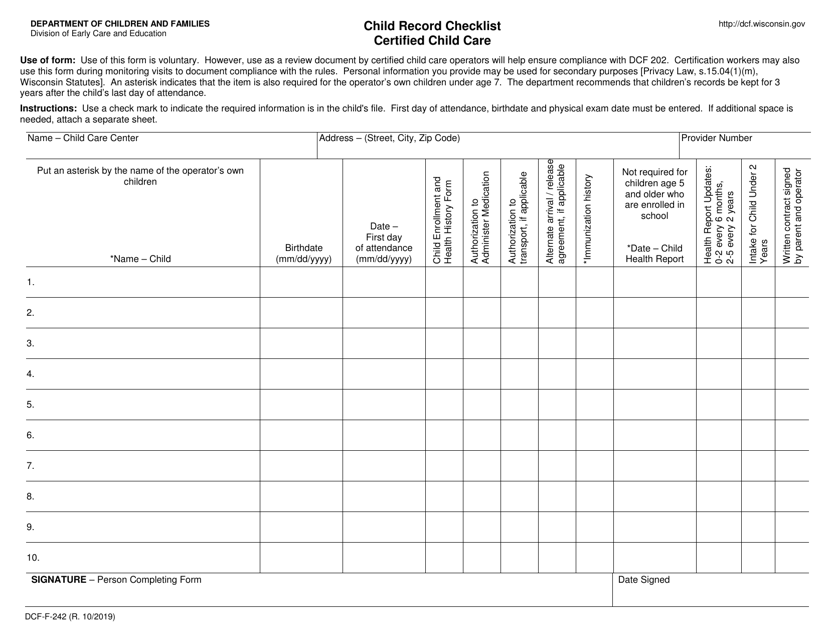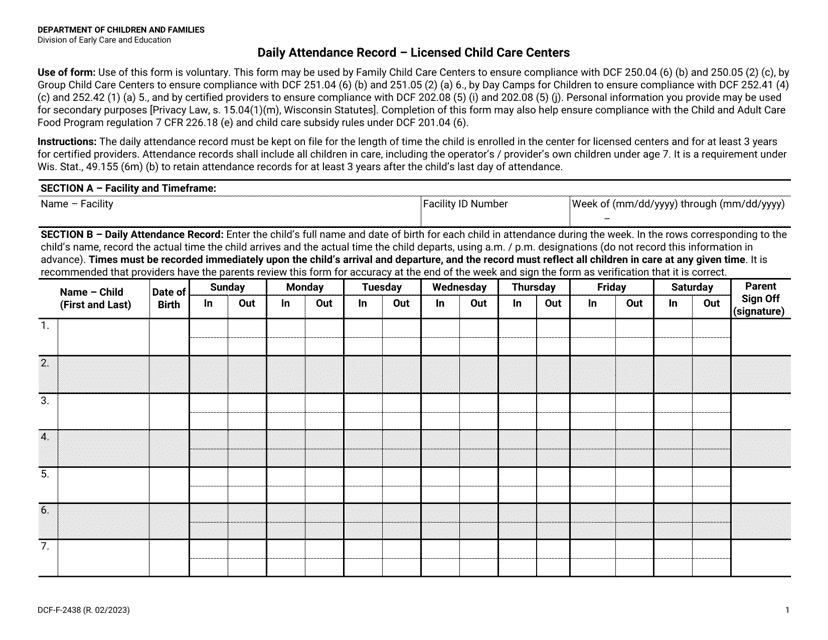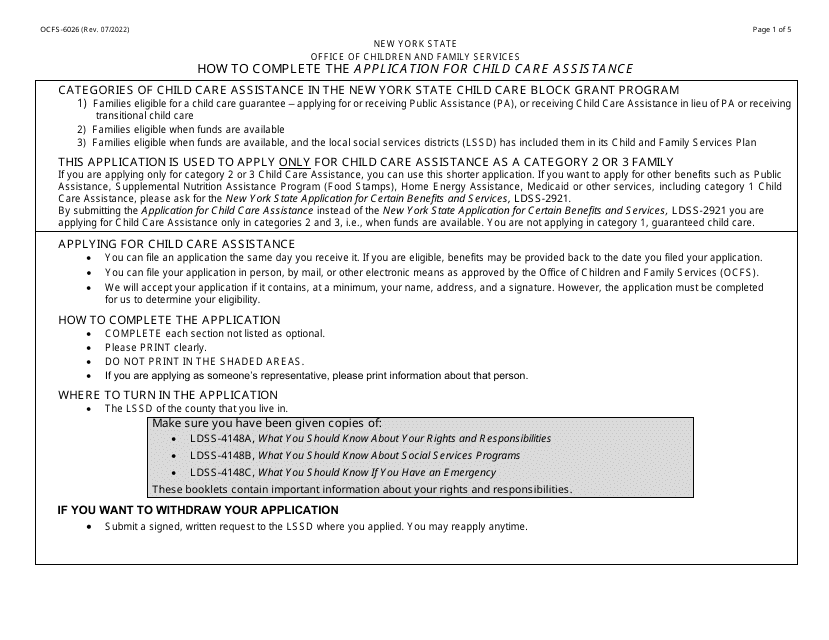Child Care Regulations Templates
Child Care Regulations: Ensuring Safe and Quality Childcare
When it comes to providing childcare services, safety and quality are of paramount importance. Child care regulations, also known as regulated child care or child care regulations, are a set of guidelines and rules put in place by governments to safeguard the well-being and development of children in child care facilities.
These regulations cover a wide range of topics, including licensing and certification requirements, staff qualifications and training, health and safety protocols, child-to-staff ratios, and more. By adhering to these regulations, child care providers demonstrate their commitment to providing a nurturing and secure environment for children under their care.
Operating a regulated child care facility requires careful attention to detail and compliance with local regulations. Establishing a child care facility involves submitting an application for a license or certification, as seen in examples like Form 2910 Application for a License or Certification to Operate a Child Day Care Facility in Texas or Form SFN23 Application for Approval for Relative Child Care Provider in North Dakota.
Additionally, maintaining proper documentation is essential. Documents such as the Daily Child Care Sign-In and Sign-Out Sheet used in South Dakota or Staff Record - Child Care Centers (Form DCF-F-CFS0053) required in Wisconsin contribute to creating transparency and accountability in child care settings.
Regulated child care also extends beyond the boundaries of the facility. Many families rely on financial assistance to afford quality child care services. Thus, the process of applying for child care assistance, as detailed in Instructions for Form OCFS-6025 Application for Child Care Assistance in New York, ensures that families in need can access the support they require.
By adhering to child care regulations, child care providers uphold the standards necessary for promoting child safety, learning, and development. These regulations help parents feel confident that their children are in a nurturing and secure environment while they pursue their daily responsibilities.
Documents:
51
This document is an application form for individuals who want to become child care home providers.
This document sets standards for child care facilities to ensure the health, safety, and well-being of children.
This document is a Therapeutic Child Care Gatekeeper Form used in the state of Connecticut.
This form is used for requesting special needs accommodations for child care in Delaware.
This form is used for applying for a license to operate a group child care center or group child care home in Hawaii.
This document lists child care centers in Minnesota.
This form is used for creating an emergency plan for child care facilities in Minnesota. It helps ensure that childcare centers are prepared for various emergencies and have a plan in place to keep children safe.
This document guides you on how to change the ownership of an existing child care program in Nebraska. It provides the necessary instructions and requirements for this process.
This document is used for keeping a record of residents and staff members in licensed family or group child care homes in Manitoba, Canada. It helps ensure proper documentation and tracking of individuals involved in providing child care services.
This Form is used for maintaining a current list of children in a child care facility in South Carolina.
This training is required for individuals in Minnesota who are interested in starting a family child care business. It covers essential topics such as health and safety standards, child development, and business practices.
This Form is used for applying for a license to operate a day care home or group day care home in Kansas. It provides instructions and guidelines for completing the application process.
This document is for keeping records of in-service training for certified staff working in child care centers in Minnesota. It helps track the professional development of child care staff.
This document for Chinese-speaking residents of New York who are considering child care options for their infant or toddler.
This form is used for educational facilities in Texas to request an exemption from child care regulations.
This form is used for miscellaneous entities in Texas to request an exemption from child care licensing regulations.
This form is used for attesting the child day care services provided to essential workers in Texas. It ensures that the child care facility complies with the regulations set by the state.
This form is used for evaluation of children's records in child care centers in Texas.
This form is used for applying for a provisional child care license in Alaska.
This form is used for ensuring health and safety standards in in-home child care facilities in Alaska. It outlines the specific requirements that must be met to maintain a safe environment for children.
This form is used for child care providers in Alaska to create an inclusion plan.
This document is used for applying to become a licensed child care provider or group home in the state of Mississippi.
This form is used for tracking the usage of carbon monoxide detectors in licensed child care facilities in Rhode Island. It helps ensure the safety of children by monitoring the functionality of these detectors.
This document is used for obtaining consent and authorization to release information for in-home, license-exempt, family child care homes I and II, as well as child care centers in Nebraska.
This Form is used for medication permission and administration in child care programs in Oklahoma.
This document is for recording the daily sign-in and sign-out of children in a child care facility in South Dakota.
This document is a checklist used for maintaining records of children in certified child care facilities in Wisconsin. It helps ensure that all necessary information about each child is properly documented and updated.

